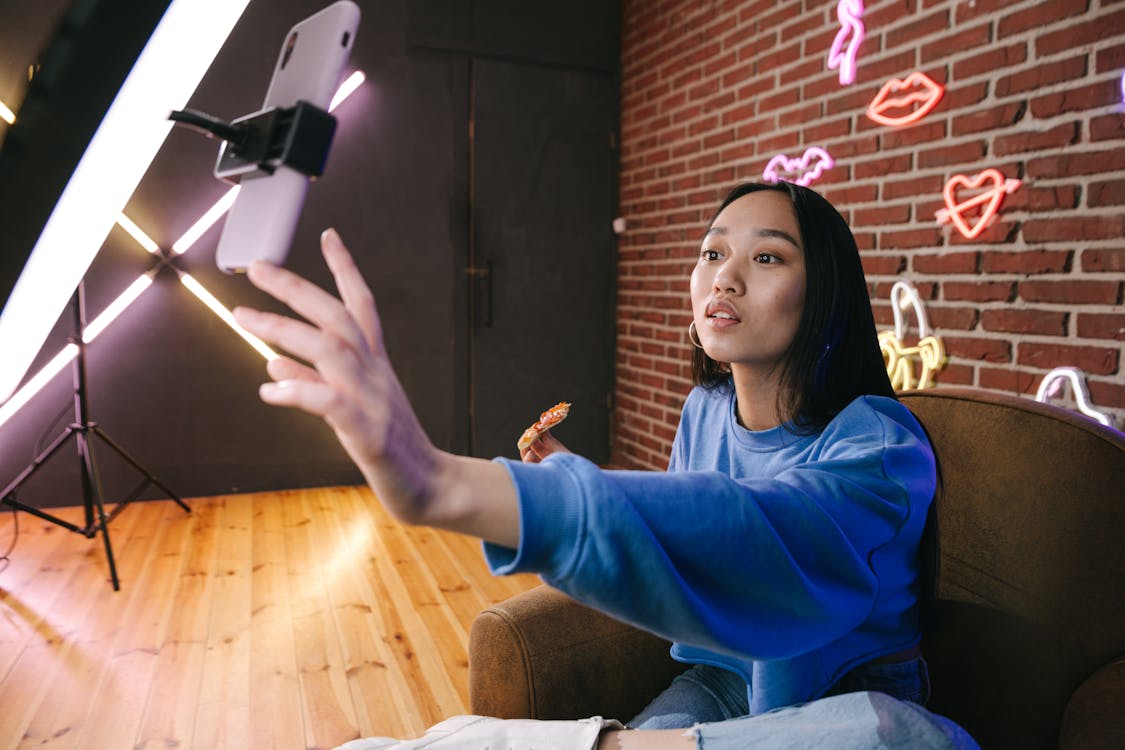The expansion of social media has given rise to the popularity of influencer marketing. It has emerged as an integral part of the modern marketer’s strategy to help companies build brand awareness, reach target audiences and grow their business.
This innovation approach has become a driving force for brands looking to enhance their online presence, reach wider audiences and boost sales. According to Influencer Marketing Statistics 2023, the influencer marketing industry is currently worth $16.4 Billion. By 2024, brands will have spent up to $15 Billion on influencer marketing.
One of the major reasons brands are turning to influencer marketing is because it’s less expensive than celebrities; about 56 percent of U.S. and UK marketers utilize Instagram to collaborate with them. Influencer marketing campaigns can cost anywhere between $1,000 and $500,000. The industry experienced explosive growth in 2023, becoming an integral part of the digital marketing mix. As social media platforms continue to thrive, influencers have amassed massive followings, ranging from niche-specific micro-influencers to celebrities with millions of followers.

Challenges
While influencer marketing has proven to be a valuable strategy, it also faces several challenges. One of the major hurdles is the issue of authenticity. As the popularity of influencer marketing grows, so does the prevalence of fake influencers and inauthentic content. This has led to concerns among consumers about the trustworthiness of influencer endorsements. To overcome this challenge, brands are now vigilant in vetting influencers, opting for long-term partnerships with those who align with their values and target audience.
Another obstacle that influencer marketing encounter is the ever-changing algorithms on social media platforms. Platforms like Instagram and TikTok continually adjust their algorithms, impacting the reach and visibility of influencer posts. As a result, brands are diversifying their influencer marketing efforts across various platforms to maintain a consistent brand presence and reach different demographics.
Humanizing Brands
Recognizing the immense potential of influence marketing, big brands like Allen Solly, Dunkin’ Donuts, and Hilton Hotels, among others, are increasingly incorporating it into their marketing strategies. They understand that influencers can humanize their brand and connect with consumers in an authentic way. Moreover, influencers often possess the ability to drive trends and create viral content, providing brands with the exposure they need to stand out in a crowded digital landscape.

Nike has collaborated with fitness influencers and professional athletes to promote their latest products. By tapping into the passion and authenticity of these influencers, Nike effectively reaches fitness enthusiasts and athletes worldwide. Beauty retailer Sephora partners with beauty influencers and makeup artists to showcase their cosmetic lines and skincare products. These collaborations not only drive sales but also provide valuable educational content to their followers.
Influencer marketing has undoubtedly emerged as a dominant force in the marketing landscape in 2023. Big brands are wholeheartedly adopting influencer marketing to connect with their target audiences and drive engagement.
Also Read: Unlocking the Phenomenon of Amazon Prime Day: Why Consumers Anticipate this Epic Sale



